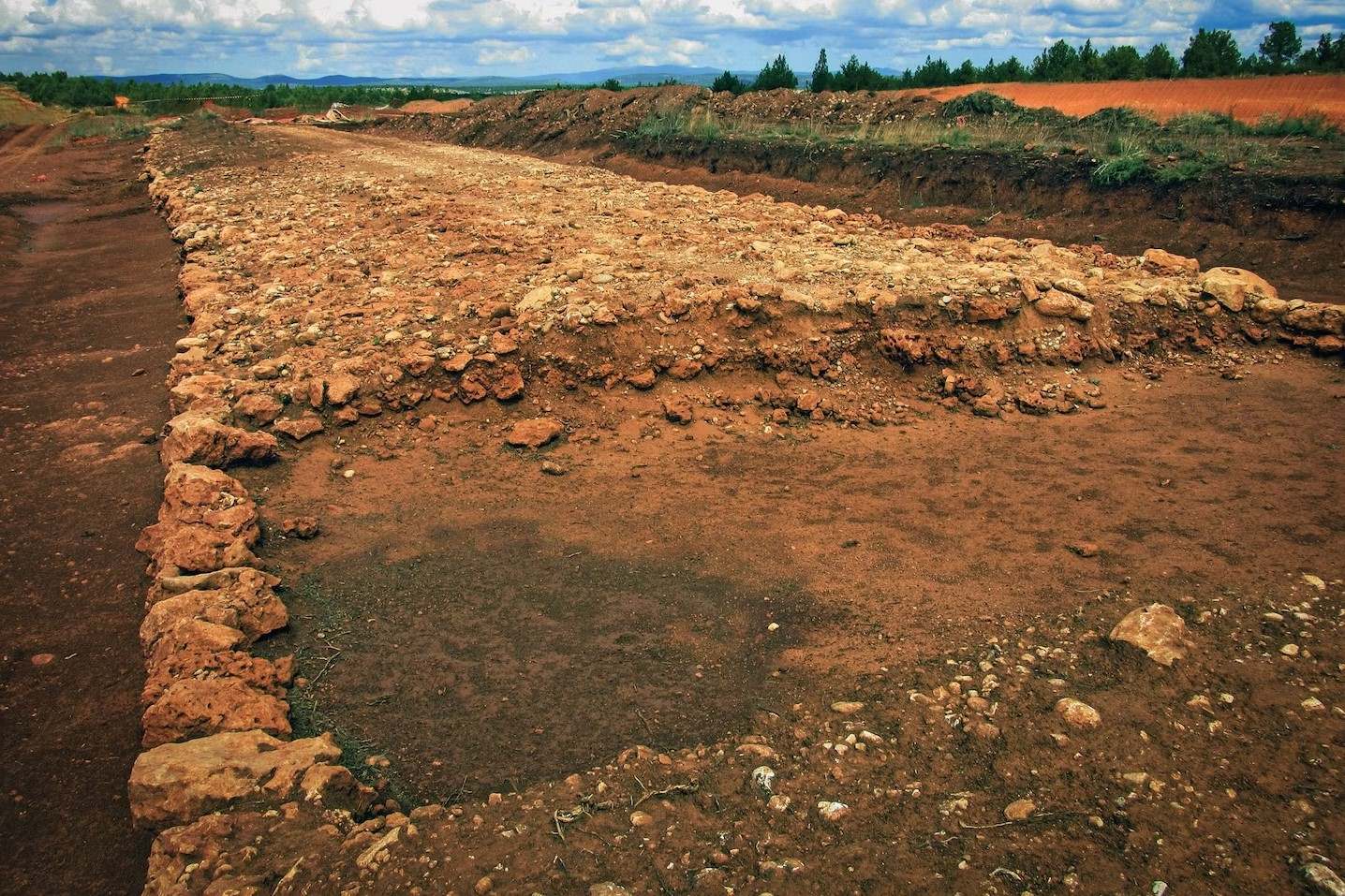
Roman roads are legendary for their durability and engineering brilliance. Ever wondered what made these ancient highways so enduring? The secret lies in their meticulous construction, which involved multiple layers, each serving a specific purpose. These roads weren't just paths; they were marvels of engineering that connected the vast Roman Empire, facilitating trade, military movements, and communication. From the top layer of tightly packed stones to the foundational layers of sand and gravel, each component played a crucial role. Understanding the layers of Roman roads offers a glimpse into the ingenuity of Roman engineers and their lasting impact on modern infrastructure. Let's uncover 15 fascinating facts about these ancient thoroughfares!
The Genius of Roman Engineering
Roman roads are legendary for their durability and engineering brilliance. These ancient pathways connected the vast Roman Empire, facilitating trade, military movements, and communication. Let's explore some fascinating facts about the layers of Roman roads.
-
Roman roads were built in layers to ensure longevity and stability. Each layer had a specific purpose and material composition.
-
The top layer, known as the "summum dorsum," was made of large, flat stones. This surface provided a smooth and durable path for travelers and vehicles.
-
Beneath the summum dorsum lay the "nucleus," a layer of smaller stones mixed with lime or sand. This layer helped to bind the top stones together.
-
The "rudus" layer came next, consisting of rubble and broken stones. This layer provided additional support and drainage.
-
At the base, the "statumen" layer comprised large stones or gravel. This foundational layer ensured the road's stability and prevented sinking.
The Construction Process
Building a Roman road was a meticulous process that required careful planning and execution. The Romans employed advanced techniques to create these enduring structures.
-
Roman engineers used a tool called a "groma" to ensure roads were straight. This device helped them align the road with precision.
-
Workers dug a trench for the roadbed, ensuring it was deep enough to accommodate all the layers. This trench provided a solid foundation for the road.
-
The layers were compacted using heavy rollers or tamping tools. This compaction process ensured each layer was tightly packed and stable.
-
Drainage was a crucial aspect of Roman road construction. Ditches were dug alongside the roads to channel water away, preventing erosion and damage.
-
Curved roads, known as "curvatura," were designed to follow the natural contours of the land. This design minimized the need for extensive excavation and leveling.
The Impact on Roman Society
Roman roads were more than just pathways; they were vital to the empire's success. These roads had a profound impact on various aspects of Roman life.
-
Roman roads facilitated trade by connecting distant regions. Goods, such as spices, silk, and precious metals, could be transported efficiently across the empire.
-
The military benefited greatly from the road network. Soldiers could move quickly to respond to threats, ensuring the empire's security.
-
Communication was enhanced by the roads. Messages and information could be relayed swiftly between cities and provinces.
-
Roman roads also played a role in cultural exchange. Ideas, art, and knowledge spread along these routes, enriching Roman society.
-
Many Roman roads are still in use today, a testament to their exceptional construction. Modern roads often follow the same routes laid down by Roman engineers centuries ago.
The Legacy of Roman Roads
Roman roads weren't just paths; they were marvels of engineering. Built with layers of gravel, sand, and stone, these roads connected the vast Roman Empire. Their construction techniques ensured durability, allowing trade and military movements to flourish. Even today, remnants of these roads can be found, a testament to their lasting impact.
Understanding the layers of Roman roads gives us insight into ancient engineering. It shows how meticulous planning and execution can create structures that stand the test of time. These roads weren't just functional; they were a symbol of Roman ingenuity and power.
Next time you walk on a modern road, remember the Romans who paved the way, quite literally. Their legacy lives on, not just in history books, but beneath our feet. Roman roads remind us that great engineering can shape civilizations and leave a lasting mark on the world.
Was this page helpful?
Our commitment to delivering trustworthy and engaging content is at the heart of what we do. Each fact on our site is contributed by real users like you, bringing a wealth of diverse insights and information. To ensure the highest standards of accuracy and reliability, our dedicated editors meticulously review each submission. This process guarantees that the facts we share are not only fascinating but also credible. Trust in our commitment to quality and authenticity as you explore and learn with us.


